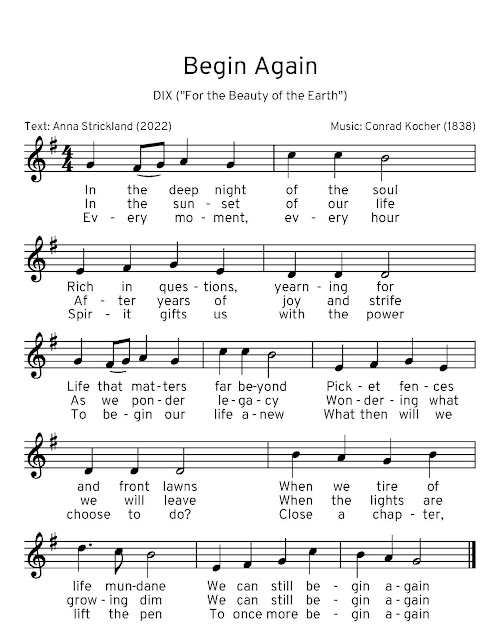read Ezekiel 37:1-14
from the artist | Carmelle Beaugelin (Rubble, conte crayon,
charcoal, acrylic, paprika paste, cinnamon paste on paper)
It has been over a decade since my family in Haiti
experienced the most traumatic earthquake in the nation’s history. If you were
to Google, “Haiti” and “earthquake,” images of collapsed concrete and rubble
would emerge. The most disturbing images are those of survivors, covered in
white and gray ash and rubble, reaching out for rescuers to salvage them from
collapsed buildings. Endless images are found on the internet of arms stretched
out, identity-less faces of horror covered in soot, and faces frozen into
expressions of despair by the spectating photographer’s lens.
When I think of Ezekiel and the story of the dry bones, I
think of those images. I’ve often heard sermons where pastors position God’s
people as the prophet to call the world into life, but what about God’s people
who are, as the bones, facing the despair of death? Their suffering is
theologized away by those who consider themselves the righteous “Ezekiels” of
the world, whose privilege weighs heavy on the bones of the suffering, like the
concrete rubble in Haiti.
Rubble speaks to the realities of being made alive and yet
not being allowed to live—a nameless multitude of God’s people resurrected yet
still bearing the scent of burial spices on their bodies.
Who are we in this story? Are we the bones seeking life? Do
we perceive ourselves as spectators of suffering? Or will we choose to be
participants in healing as active agents of God’s resurrecting power out of the
rubble?
*reprinted with permission from A Sanctified Art













